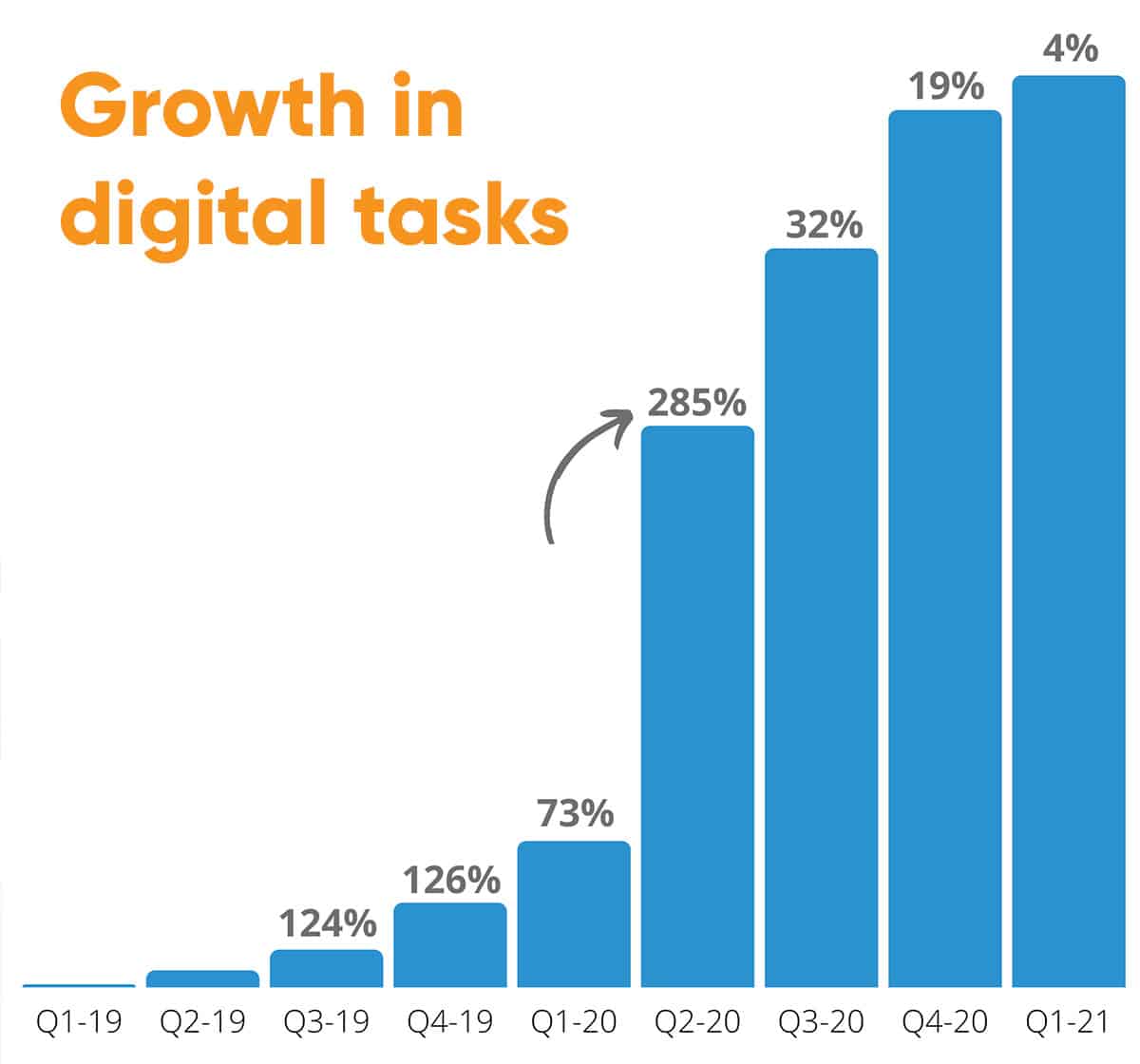
Looking back at a decade in homecare
By David Lynes, CEO and Founder, Unique IQ
If you were to take yourself back to 2010, how different do you think the care sector might look today?
2010 was the year the very first iPad became available, selling 300,000 units on day one. “App” was voted ‘Word of the Year’ by the American Dialect Society and Microsoft launched its cloud computing platform, Azure. All pieces of tech are now cornerstones of everyday life, including within the care sector.
Here at Unique IQ, we’ve been taking a look back over the last decade in home care. We wanted to understand the impact that technology has had on day-to-day care delivery.
For this new piece of research, we analysed some 40 million anonymised records from our care management software. We looked at visit quantities and durations, and client and carer numbers, alongside the usage of our different technology features – such as our mobile app, eMAR and digital forms.
Our early adopters aside, we found a gradual shift towards technology, nudged along by new guidance from the Care Quality Commission. Uptake was gradual, not really picking up any pace until halfway through 2019.
Then the pandemic happened. And what was startling was just how much the COVID pandemic accelerated the pace of digital transformation within the home care sector. We know this anecdotally of course; nearly all of us have shifted to more digital ways of working and the care tech space, in particular, has been awash with new projects.
But our data showed the jump to digital tools in real terms.

Between Q1 and Q2 2020, we saw a 285% increase in the number of digital tasks being used by our customer base. What we saw happening was care organisations relying on tasks to manage infection control and client and carer safety. In this state of emergency, they created mandatory ‘to dos’ and reminders within their carers’ mobile apps for hand washing, symptom checking and sanitisation.
Then as things started to settle a little between Q3 and Q4, we saw a 115% increase in the number of digital forms being created. Domiciliary care providers were now beginning to reshape their processes based on what they had learnt and experienced during the first lockdown. Care plans, risk assessments and induction documents were all being digitised, finally moving away from the paper binder in a client’s home, to a fully electronic care planning system.
Now we’ve observed that our customers are more comfortable with technology than they have ever been, hungry for what’s next.
For us, that’s a data-driven, connected and collaborative home care sector. So our next-gen software is all about interoperability and insight. Giving care providers access to meaningful intelligence about the people they care for, wherever that data comes from. Making care management systems truly person-centred will be the marker of the next decade – and where technology has the true power to transform.
Want to read more articles from David? Head over to our thought leadership hub.
